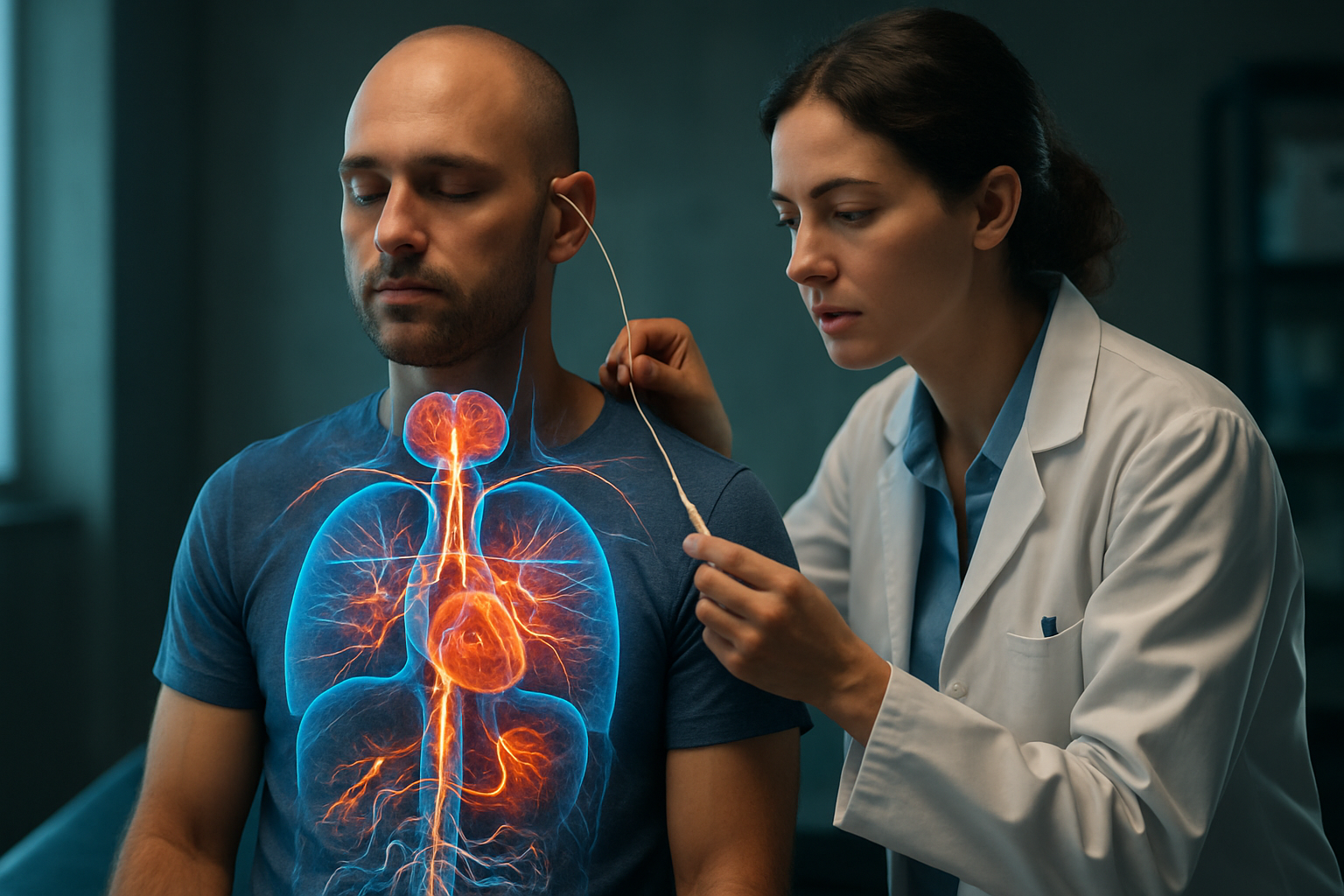Heart Disease Management: Treatments, Care & Monitoring
Heart disease is a leading cause of illness and death worldwide, but many people live well with proper treatment and follow-up. This article explains common symptoms, when to seek care, available medical and surgical treatments, and the lifestyle and monitoring strategies that help manage heart conditions and reduce risk.

How heart failure impacts the body
Heart failure occurs when the heart cannot pump blood effectively enough to meet the body’s needs. When cardiac output falls, multiple organ systems are affected. Reduced blood flow to the kidneys triggers fluid and salt retention, which often leads to swelling in the legs, ankles, and abdomen. The lungs can become congested as fluid backs up, causing breathlessness, especially when lying flat or during exertion. Muscles receive less oxygen, limiting exercise capacity and causing fatigue with activities that were once tolerated easily. Over time, organs may function less efficiently and symptoms can progress if the underlying problem is not treated.
When to seek medical evaluation
Prompt evaluation is important when signs suggest a heart problem. See a healthcare professional if you experience persistent or new symptoms such as:
- Shortness of breath during light activity or when reclining
- Unexplained, unrelenting fatigue that doesn’t improve with rest
- Swelling of the legs, ankles, or feet that persists or worsens
- Chest pain, pressure, or tightness
- Palpitations, fainting, or recurrent dizziness
Even if symptoms seem mild, timely assessment helps identify causes and start effective therapies. Acute chest pain, fainting, or severe shortness of breath warrant emergency care.
Available treatments and interventions
Treatment is tailored to the specific diagnosis and its severity. Medical therapy is often the foundation of care, and commonly used drug classes include:
- ACE inhibitors or ARBs: these relax blood vessels and reduce strain on the heart
- Beta-blockers: lower heart rate and blood pressure, improving cardiac workload
- Diuretics: help remove excess fluid to relieve swelling and breathlessness
- Mineralocorticoid receptor antagonists and other agents may be added depending on the condition
For rhythm problems or conduction abnormalities, devices like pacemakers and implantable cardioverter-defibrillators (ICDs) can regulate heartbeat and prevent life-threatening arrhythmias. Revascularization procedures such as coronary artery bypass grafting (CABG) or percutaneous coronary intervention address blocked coronary arteries in people with ischemic disease. Valve disease may be treated with surgical repair, valve replacement, or less invasive catheter-based valve procedures depending on the valve involved and patient factors.
In advanced cases, options like ventricular assist devices or heart transplantation may be considered when other treatments are insufficient.
Lifestyle changes that make a difference
Medication and procedures are critical, but lifestyle changes are equally important for long-term outcomes. Key measures include:
- Regular physical activity: tailor exercise to your fitness and medical status after consulting your doctor. Even walking, low-impact aerobics, or cardiac rehabilitation programs can strengthen the heart.
- Heart-healthy diet: emphasize fruits, vegetables, whole grains, lean proteins, and healthy fats while limiting saturated fat, trans fat, added sugars, and sodium to help control blood pressure and cholesterol.
- Weight management: losing excess weight reduces cardiac workload and improves control of blood pressure and diabetes.
- Stress reduction: techniques such as meditation, breathing exercises, yoga, or counseling can lower blood pressure and lessen harmful stress responses.
- Smoking cessation and limiting alcohol: quitting tobacco is one of the most effective steps to reduce heart attack and stroke risk.
Adhering to medications, following dietary and activity recommendations, and addressing sleep apnea or other contributing conditions are all part of comprehensive care.
Importance of ongoing monitoring
Long-term surveillance allows clinicians to adjust therapy as the condition evolves. Routine follow-up may include physical exams, blood tests to track kidney function and cholesterol or natriuretic peptide levels, and imaging tests like echocardiography to assess heart structure and function. Home monitoring is a practical complement to clinic visits: tracking daily weight, blood pressure, and symptoms helps detect fluid retention or blood pressure changes early.
Many patients benefit from structured programs that include remote monitoring devices or telehealth, which can transmit data to care teams and prompt timely medication adjustments or interventions. Early detection of worsening symptoms often prevents hospitalization and improves outcomes.
Working with your healthcare team
Every person’s heart disease journey is different. Developing a personalized treatment plan with your cardiologist, primary care provider, and other specialists is essential. Ask questions about the goals of therapy, potential side effects of medications, activity limits, and signs that should prompt immediate care. Enrolling in cardiac rehabilitation, when appropriate, helps restore function and teaches self-care strategies.
Final thoughts
Managing heart disease involves a combination of medical treatments, lifestyle changes, and sustained monitoring. Recognizing symptoms early, seeking appropriate medical evaluation, and adhering to a comprehensive care plan can help many people maintain quality of life and reduce the risk of complications. Regular communication with your healthcare team ensures treatment remains aligned with your needs.
This article is for informational purposes only and should not be considered medical advice. Please consult a qualified healthcare professional for personalized guidance and treatment.






